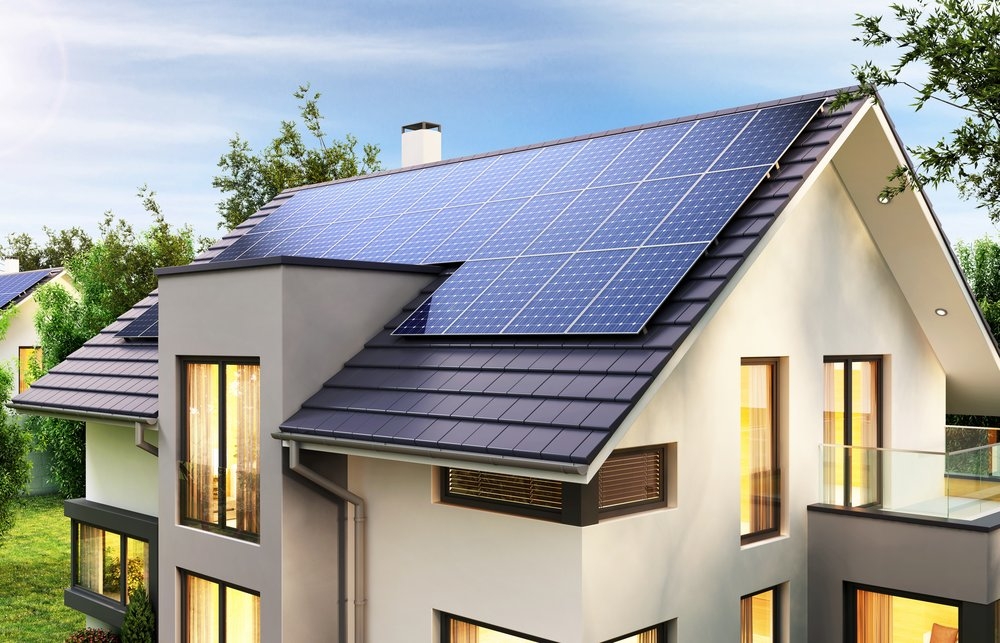Home Solar System: Make Your Home Greener with a Solar Energy System

Why Solar?
Solar energy is a renewable and sustainable source of power. By harnessing the sun's rays using photovoltaic (PV) solar panels, a home solar energy system can generate electric power to meet all or a portion of your home's electricity needs. Generating your own electricity from the sun means lower utility bills and greater energy independence. It also reduces your carbon footprint and dependence on fossil fuels that contribute to climate change. Home solar is an investment in a cleaner environment and lower energy costs.
Understanding Home Solar Systems
The basic components of a Home Solar System include solar panels, an inverter, batteries (optional for off-grid systems), and a connection to your home's electrical panel. Solar panels are mounted on your roof or in your yard and convert sunlight directly into electricity. An inverter changes the direct current (DC) electricity generated by solar panels into alternating current (AC) that powers your home's appliances and electronics. Batteries store excess solar power that can be used when the sun isn't shining.
Solar panels come in different types but the most common for homes are crystalline silicon solar panels. They are made of photovoltaic cells containing silicon wafers that produce electricity when struck by photons from sunlight. Panels are usually rated by wattage, with typical residential systems ranging from 5 to 10 kilowatts (kW). This will vary depending on your home's size and electricity usage. Systems can be connected to the utility grid using net metering, which allows you to sell excess solar power back to the grid, or off-grid with battery storage.
Home energy usage fluctuates depending on the season and number of occupants. To right-size a solar system, an assessment of your home's annual electricity consumption is done. This "load analysis" along with factors like roof space and shading determine the appropriate solar array size. Higher renewable energy percentages mean reliance on utility power is reduced. A whole-home solar energy system aims to meet 100% of electricity needs while partial systems may cover 30-60% depending on goals. Proper system sizing and components ensure efficient operation and return on investment.
Get More Insights on- Home Solar System
- Industry
- Art
- Causes
- Crafts
- Dance
- Drinks
- Film
- Fitness
- Food
- Games
- Gardening
- Health
- Home
- Literature
- Music
- Networking
- Other
- Party
- Religion
- Shopping
- Sports
- Theater
- Wellness
- News


